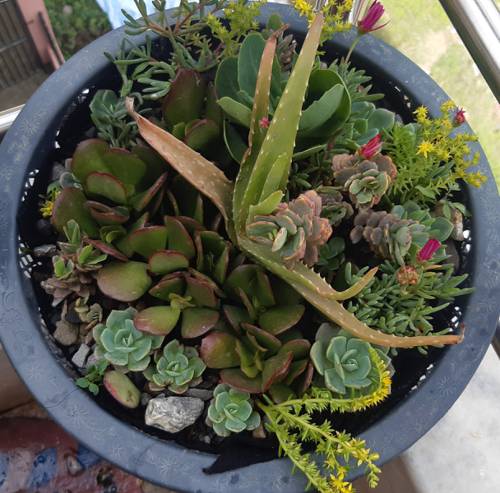
FAQ About Indoor Plant Breeding for Unique Traits

What is indoor plant breeding?
Indoor plant breeding involves selecting specific plants with desirable traits and cross-pollinating them to produce offspring that express those traits. This process can lead to the development of new plant varieties with unique characteristics, such as color variations, improved growth rates, or environmental resilience.

How can I breed indoor plants for unique color variations?
To breed indoor plants for color variations, start by selecting parent plants that exhibit the desirable color traits. Cross-pollinate these plants using a brush or by transferring pollen manually. Grow the seeds and observe the seedlings for the expression of the desirable colors. This may take several generations to achieve consistency in the color trait.

What are some common techniques used in indoor plant breeding?
Common techniques include selective breeding, where plants with specific traits are chosen for reproduction, and hybridization, which involves cross-pollinating different plant species or varieties. Tissue culture and genetic modification are also advanced techniques used to encourage desirable traits.

Can indoor plant breeding improve frost resistance?
Yes, indoor plant breeding can improve frost resistance by selecting and cross-pollinating plants that naturally exhibit resilience to cold temperatures. Over several generations, you can breed plants that are more robust against frost by continuously selecting offspring that survive better in colder conditions.

How long does it typically take to breed indoor plants for new traits?
The process of breeding indoor plants for new traits can take several years. Developing stable varieties with consistent and desirable traits through traditional breeding methods often requires multiple generations of plants. Patience and careful observation are essential throughout the process.
